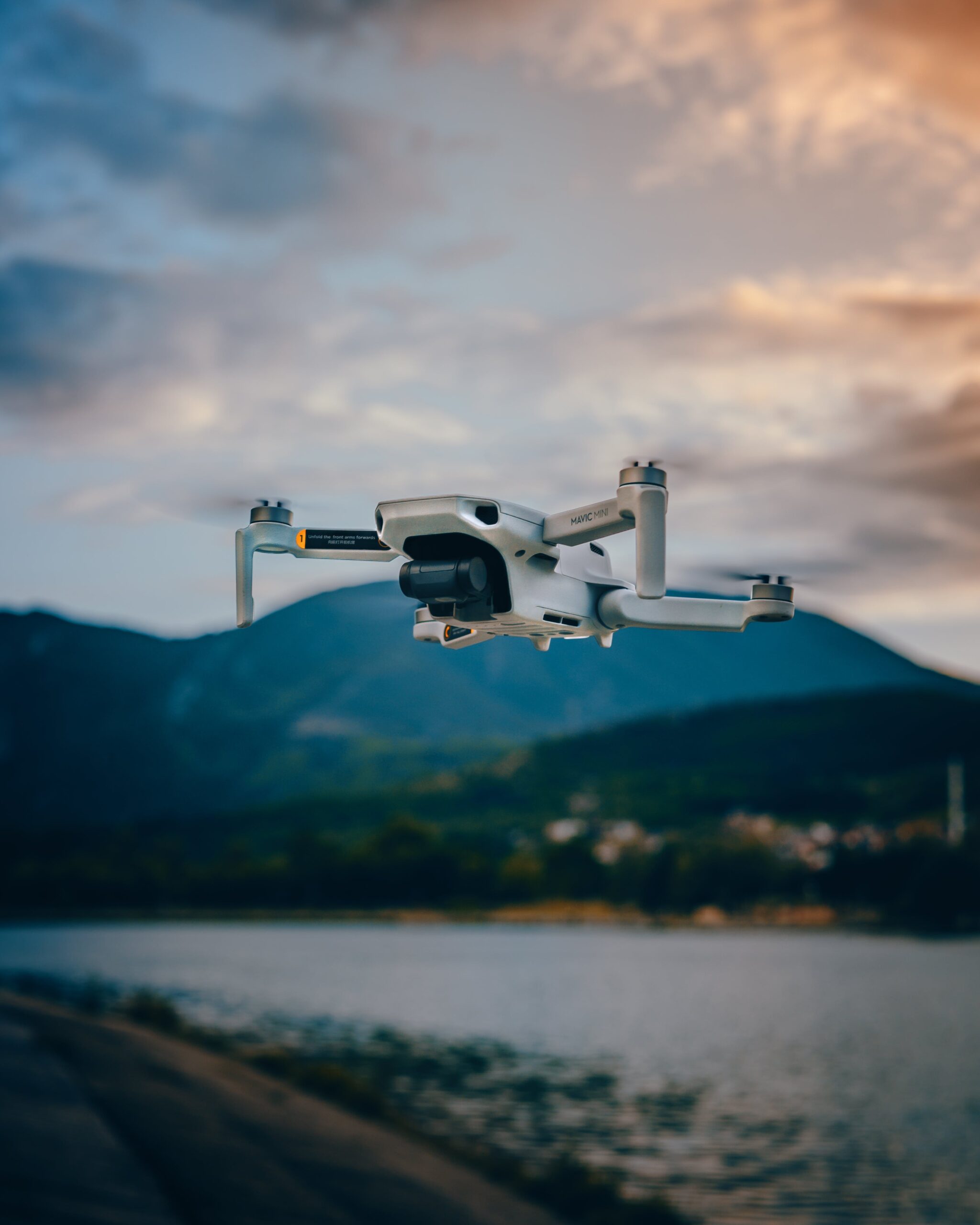Drones have undeniably revolutionized various industries, from entertainment to agriculture. However, as we revel in the benefits of this technological leap, the flip side emerges – the increasing threat drones pose to critical infrastructure like airports, stadiums, and power plants. In this article, we will explore the pressing need for robust drone defense systems to ensure the safety and security of vital installations.
In response, U.S. tech companies are scrambling to develop cutting-edge defenses against this emerging threat. From major defense contractors like Raytheon and Lockheed Martin to nimble startups, a diverse array of players are entering the drone defense arena.
Here’s a glimpse into the tech arsenal being assembled to combat drone attacks and help with Dron Defense System Development:
- GPS Spoofing: Imagine a drone being tricked into thinking it’s somewhere else entirely. Companies like Dedrone and Black Sage offer “spoofing” technology that disrupts the drone’s navigation system, causing it to crash or fly away harmlessly. This innovative solution contributes to the goal of creating a ‘drone-dense’ environment, enhancing security in various sectors. (Image: A drone being manipulated by a computer with a distorted map on the screen)
- High-Powered Microwaves: Think of a drone as a tiny, flying electronic device. Companies like DroneShield and Epirus develop high-powered microwave systems that can jam the drone’s electronics, effectively grounding it in mid-air. This utilization of high-powered microwaves is a crucial component in establishing areas as ‘drone dense’ zones, safeguarding critical infrastructure. (Image: A drone being targeted by a beam of energy from a microwave system)
- Net Guns and Capture Drones: Sometimes, the best defense is a good offense. Companies like SkyNets and Counter UAS offer net-launching drones that can ensnare and capture intruding UAVs, allowing for safe inspection and potential disarm. The deployment of capture drones adds an extra layer of defense, making areas ‘drone dense’ and less susceptible to potential threats. (Image: A drone firing a net at another drone)
- AI-Powered Detection and Tracking: Early warning is key. Companies like Rekor and Fortem Technologies are developing AI-powered systems that can identify and track drones in real-time, allowing for faster response and deployment of countermeasures. This advanced detection and tracking contribute to the overall effort of making spaces ‘drone dense,’ ensuring swift action against potential threats. (Image: A computer screen showing drone tracks on a map)
These are just a few examples of the innovative solutions emerging from the tech sector. The drone defense market is expected to reach a staggering $4.7 billion by 2028, reflecting the growing urgency and demand for effective defenses.
Drone Defense Considerations: It’s crucial to acknowledge the significance of making our environments ‘drone dense’ – a term reflecting the prevalence of drones in various sectors. The technologies mentioned above play a pivotal role in creating a secure and drone-resistant landscape.
Beyond the Tech: The Human Factor While technology plays a crucial role, human expertise remains essential in deploying and managing these countermeasures. Governments and organizations will need to invest in training personnel to operate and maintain these systems, as well as develop comprehensive protocols for identifying and responding to drone threats.
The Future of Drone Defense: A Balancing Act The rise of drone defense raises important questions about privacy and security. Balancing the need for effective defense with individual liberties will be a crucial challenge. Additionally, the rapid evolution of drone technology necessitates a continuous adaptation of countermeasures, ensuring they stay ahead of the curve.
The battle against drone attacks is just beginning, and U.S. tech companies are at the forefront of developing innovative drone defense solutions. As these technologies mature and become more widely deployed, the skies above us might become a little bit safer, allowing us to enjoy the benefits of drones without fear of their malicious misuse. As we envision a future where our airspace is ‘drone dense’ with advanced countermeasures, the integration of these technologies becomes paramount for a secure and technologically resilient society.
FAQs: Navigating Drone Defense
How do detection technologies identify unauthorized drone activities?
Detection technologies utilize radar, acoustic sensors, and machine learning algorithms to identify and track unauthorized drone activities in real-time.
What are countermeasure systems in drone defense?
Countermeasure systems include jamming signals, directed energy weapons, and even trained birds of prey, aiming to neutralize potential drone threats effectively.
Why are airports particularly vulnerable to drone disruptions?
Airports face unique challenges due to drones hovering near runways, disrupting air traffic and posing a collision risk, highlighting the need for robust detection and response systems.
How can stadiums ensure the safety of attendees against drone threats?
Stadiums can enhance safety by implementing advanced defense mechanisms against potential drone disruptions, addressing security concerns in large gatherings.
What collaborative efforts are needed for securing critical infrastructure against drone threats?
Securing critical infrastructure requires collaboration between government agencies, private industries, and technology developers to integrate advanced technologies and strategic planning.









